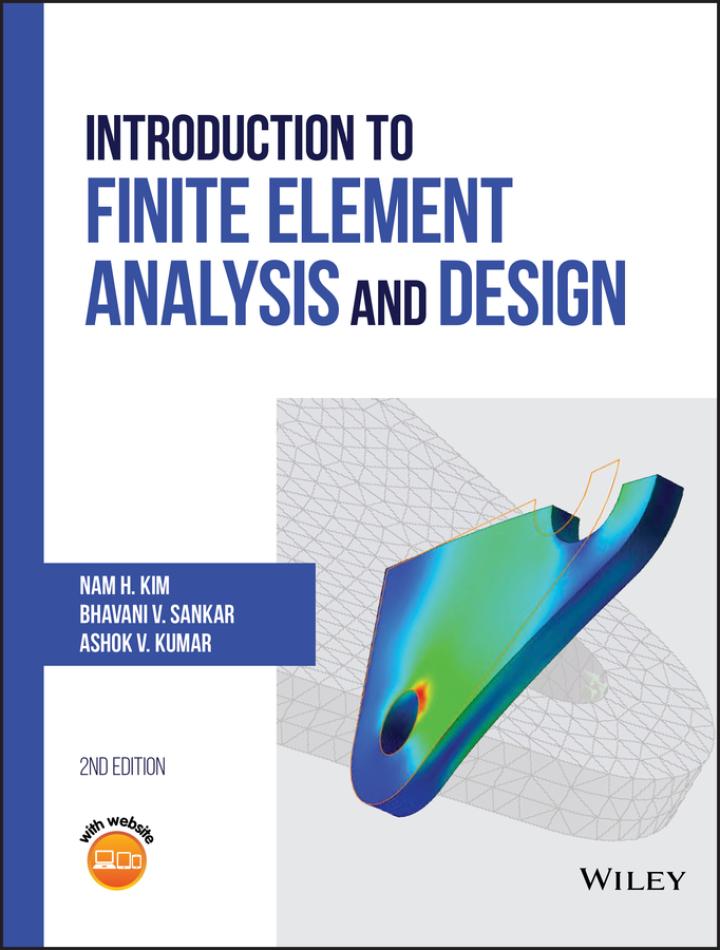Answer the following descriptive questions a. Write five properties of the element stiffness matrix. b. Write five
Question:
Answer the following descriptive questions
a. Write five properties of the element stiffness matrix.
b. Write five properties of the structural stiffness matrix.
c. Write five properties of the global stiffness matrix.
d. Will subdividing a truss element into many smaller elements improve the accuracy of the solution? Explain.
e. Explain when the element force \(P^{(e)}\) is positive or negative.
f. For a given spring element, explain why we cannot calculate nodal displacement \(u_{i}\) and \(u_{j}\) when nodal forces \(f_{i}^{(e)}\) and \(f_{j}^{(e)}\) are given.
g. Explain what "striking the rows" and "striking the columns" are.
h. Once the gobal DOFs \(\{\mathbf{Q}\}\) is solved, explain two methods of calculating nodal reaction forces.
i. Explain why we need to define the local coordinate in 2D truss element.
j. Explain how to determine the angle \(\phi\) of 2D truss element.
\(k\). When the connectivity of an element is changed from \(i ightarrow j\) to \(j ightarrow i\), will the global stiffness matrix be the same or different? Explain why.
l. For the bar with fixed two ends in figure 1.22, when temperature is increased by \(\Delta \mathrm{T}\), which of the following strains are not zero? Total strain, mechanical strain, or thermal strain?
m. Describe the finite element model you would use for a thin slender bar pinned at both ends with a transverse (perpendicular to the bar) concentrated load applied at the middle. (1) Draw a figure to show the elements, loads, and boundary conditions. (2) What type of elements will you use?
Step by Step Answer:

Introduction To Finite Element Analysis And Design
ISBN: 9781119078722
2nd Edition
Authors: Nam H. Kim, Bhavani V. Sankar, Ashok V. Kumar




